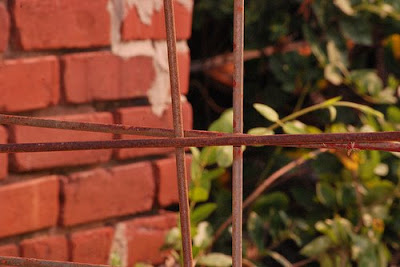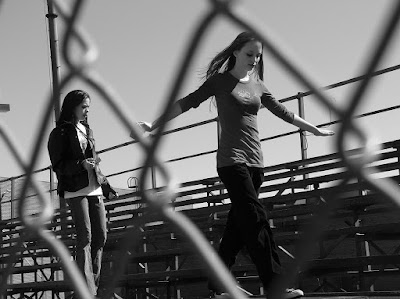Woohoo! We completed the second Shutter School lesson.
This past week and a half we explored the world from a new perspective. We had to stand on chairs and get down on our bellies, but the photos from this assignment have an added level of intrigue. The unique view angles forced us to look at things differently, to consider them from another angle, to really understand how they interact with the rest of the environment. Take a look at some of the photos we experimented with: From ljam.
From ljam.Join us on Wednesday when the next lesson will be posted!
 From ethanbeute.
From ethanbeute. From Yet Another Dave.
From Yet Another Dave. From ¿Ty?
From ¿Ty?





















